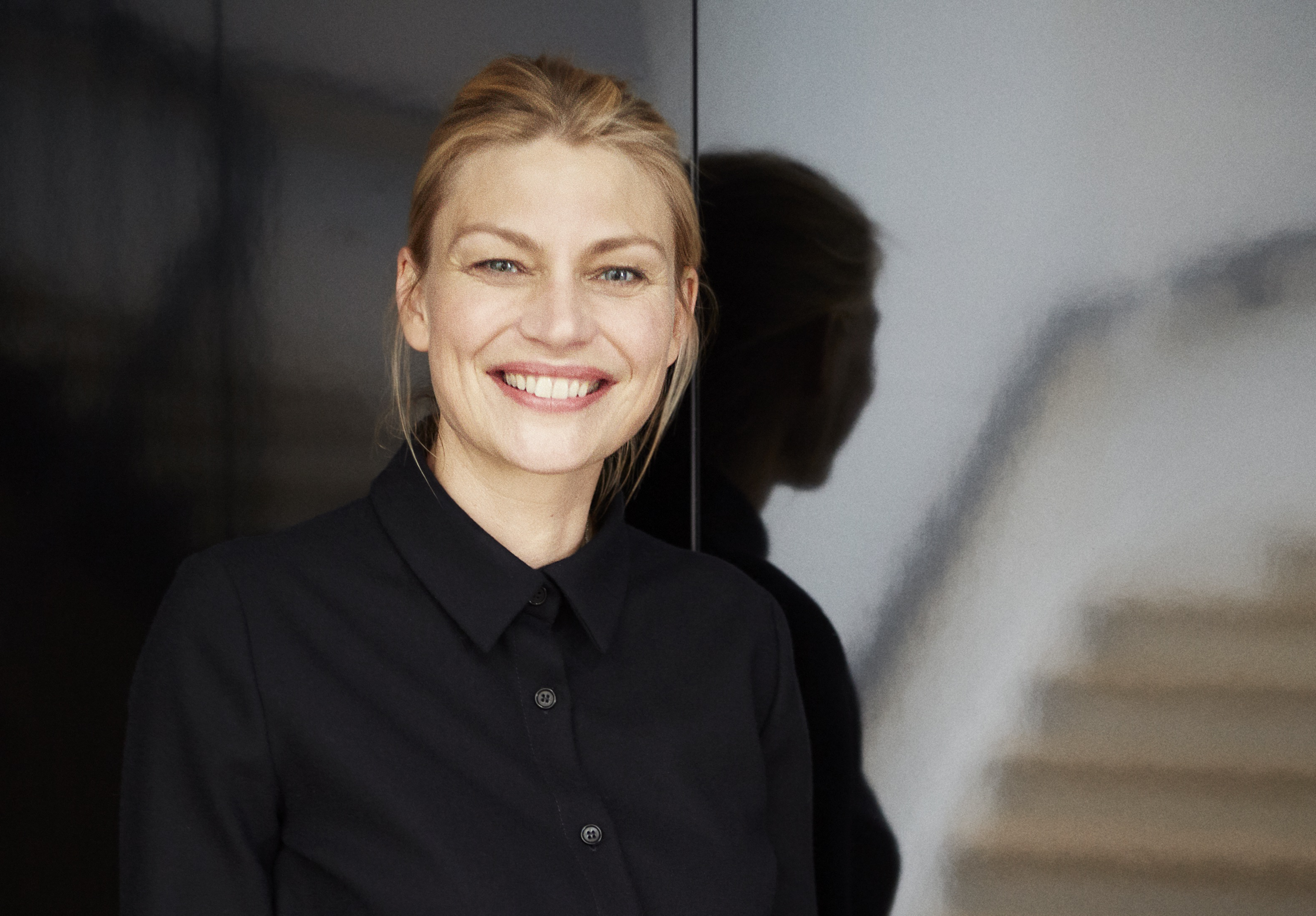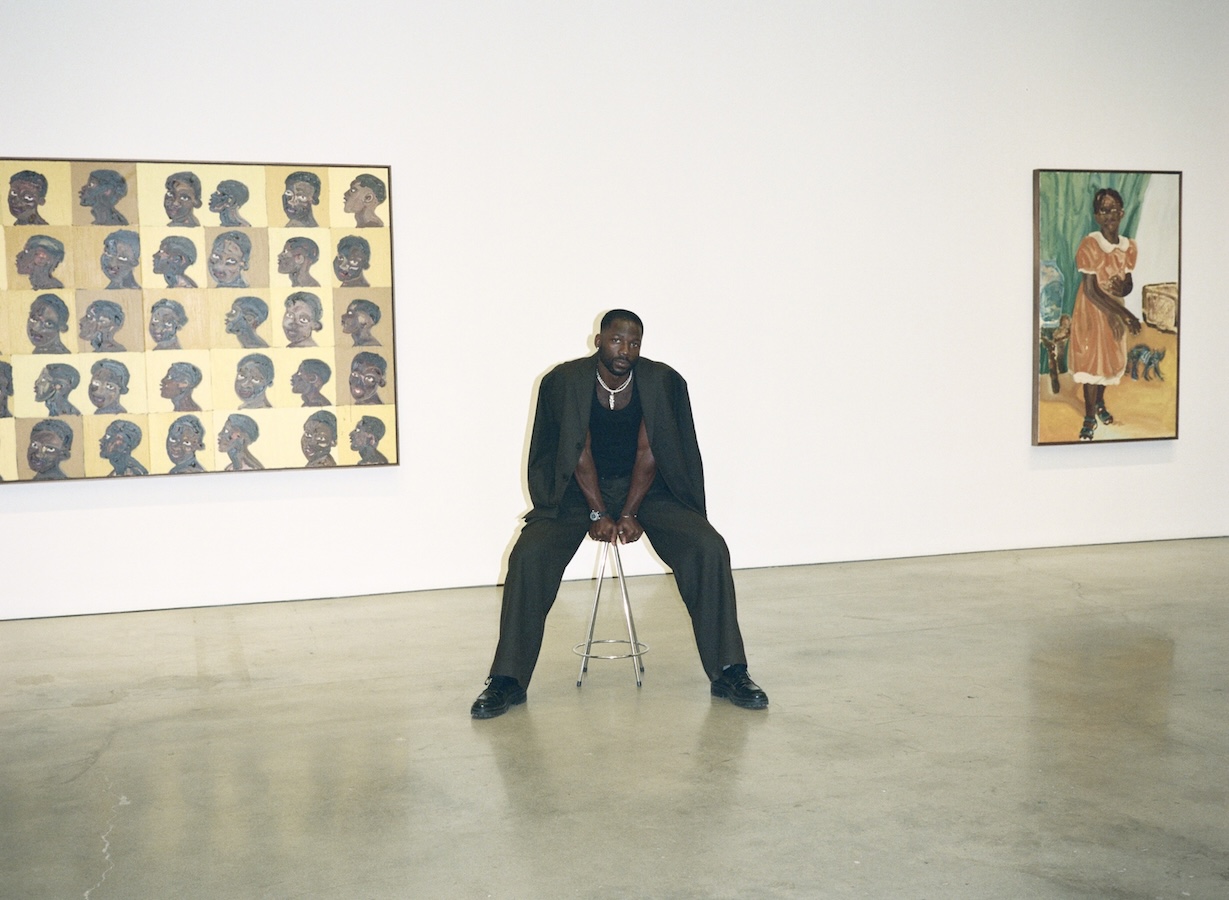At the beginning of 2017, the interior design house Liaigre moved into its new headquarters, located on the Left Bank in Paris. For the first time, all creative teams are in one bright, sun-filled space. The move not only meant a change of address for the studio, but also marked a change in direction under the recently named director, Frauke Meyer (following the departure of founder Christian Liaigre after 35 years).
Meyer has been with the design studio for just under two decades. Whitewall spoke with her about the next chapter for Liaigre.
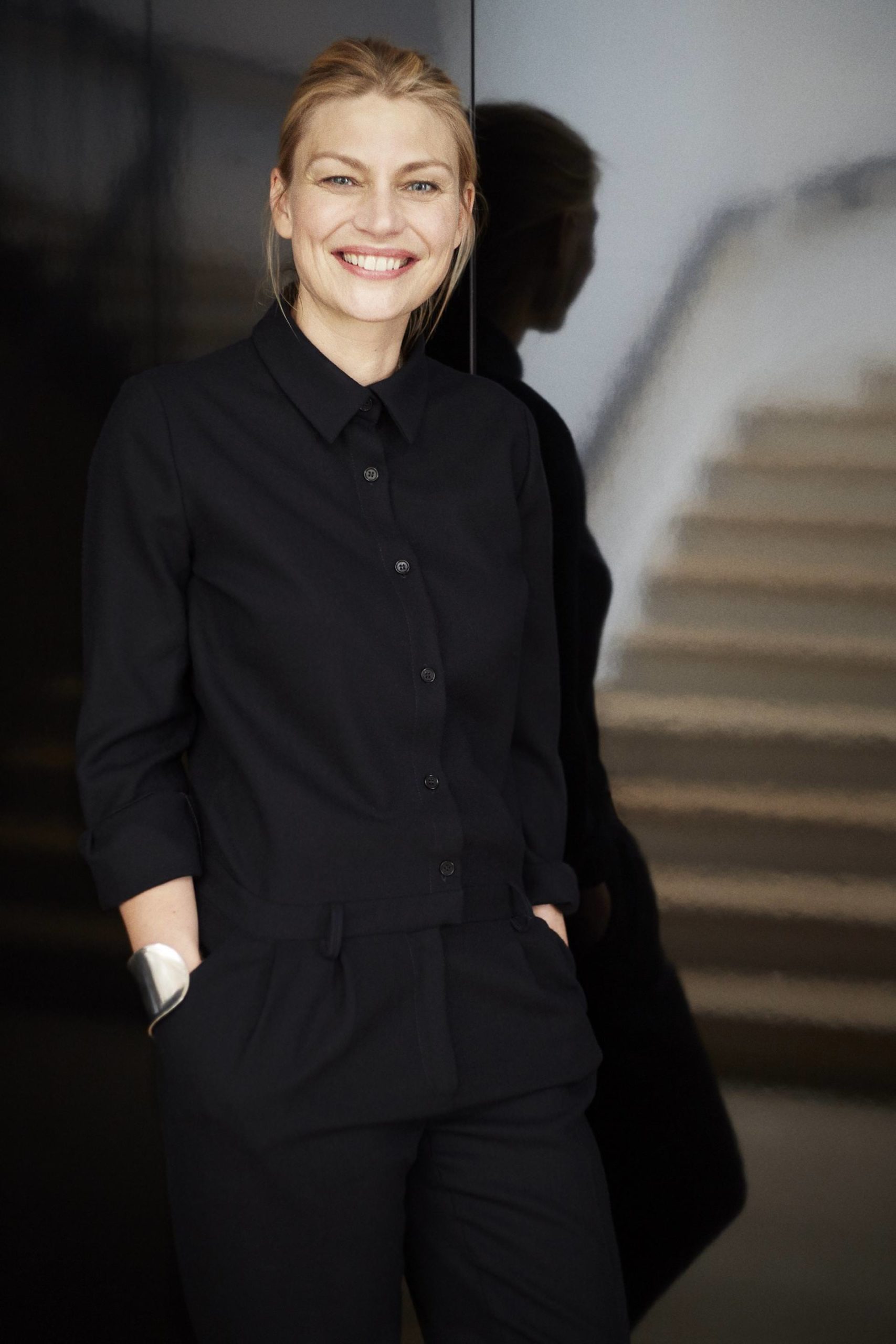
Frauke Meyer, photo by François Rotger, courtesy of Liaigre.
WHITEWALL: You joined Liaigre in 1998. How would you describe the vision of Christian Liaigre, who founded the company in the mid-1980s?
FRAUKE MEYER: Interior design has become so international, but 20 years ago it was only very special clients who were used to having an interior designer working to their exact wishes and ideals. I was completely impressed. We would get silk from Asia, linens from Belgium—the materials were sourced from everywhere in the world. There was a real desire for the exceptional—the best materials, the most exceptional wood. I remember Christian would source wood in Asia in order to make a tabletop. Nowhere was too far to get the best. A desire for excellence is something I learned in this house.
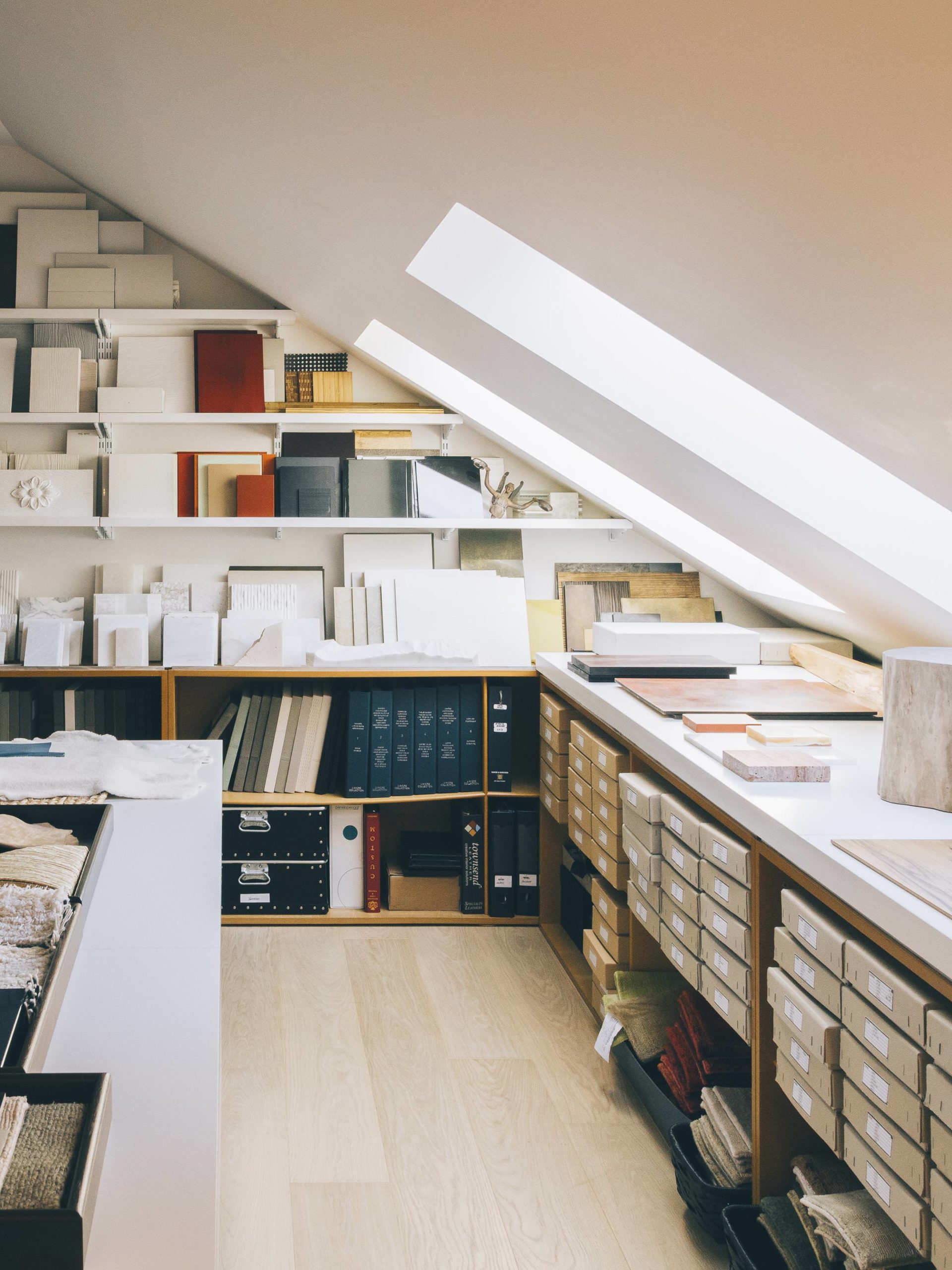
Liaigre’s new headquarters in Paris.
WW: Liaigre is now all under one roof, at a new headquarters, a move that coincides with your taking over the role as creative director. What is your vision for the next phase of Liaigre?
FM: We’re in a point of transition. I very much believe we have to go back to the roots to find again the luxury in simplicity, embellishing natural materials by working on finishes. I think it’s really important not to overdo things and have a critical eye. We need to ask, “How do people want to live? What is important to them?” I believe that Liaigre should become a little bit more careful. A little bit more easygoing. It’s important to the lifestyle today.
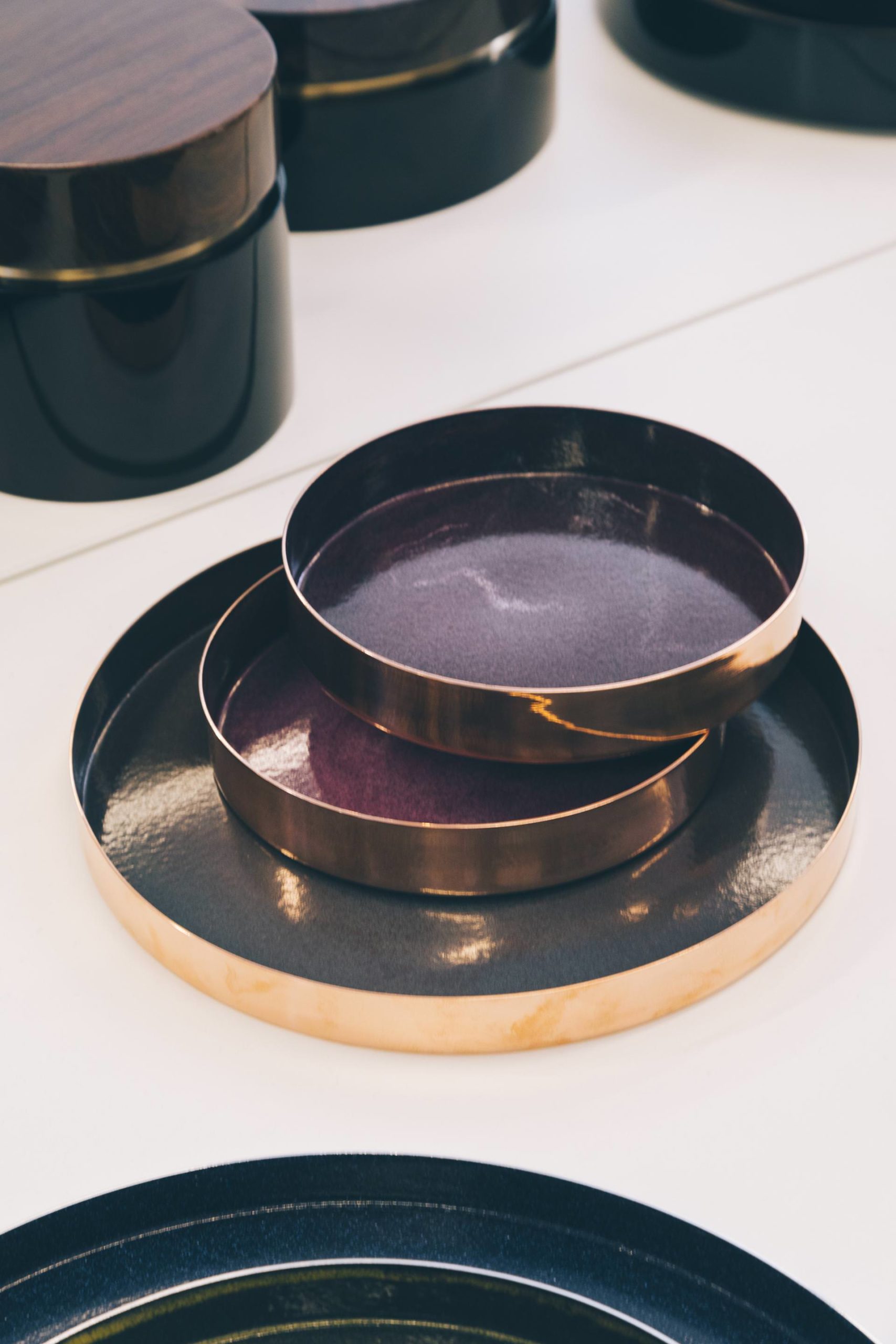
Liaigre’s new headquarters in Paris.
WW: From Liaigre, we see a lot of wood, leather, natural fibers . . . What are the materials you’re attracted to and continue to return to?
FM: Natural materials, definitely. We have never really considered artificial materials. Natural materials can be treated and finished with something more artificial, but most important for us is to bring out the beauty of natural materials, by brushing it, by bleaching it, and to play with it and to bring it out. For something like a tabletop, it’s important to find the largest wood panel and to treat it like a sculpture.
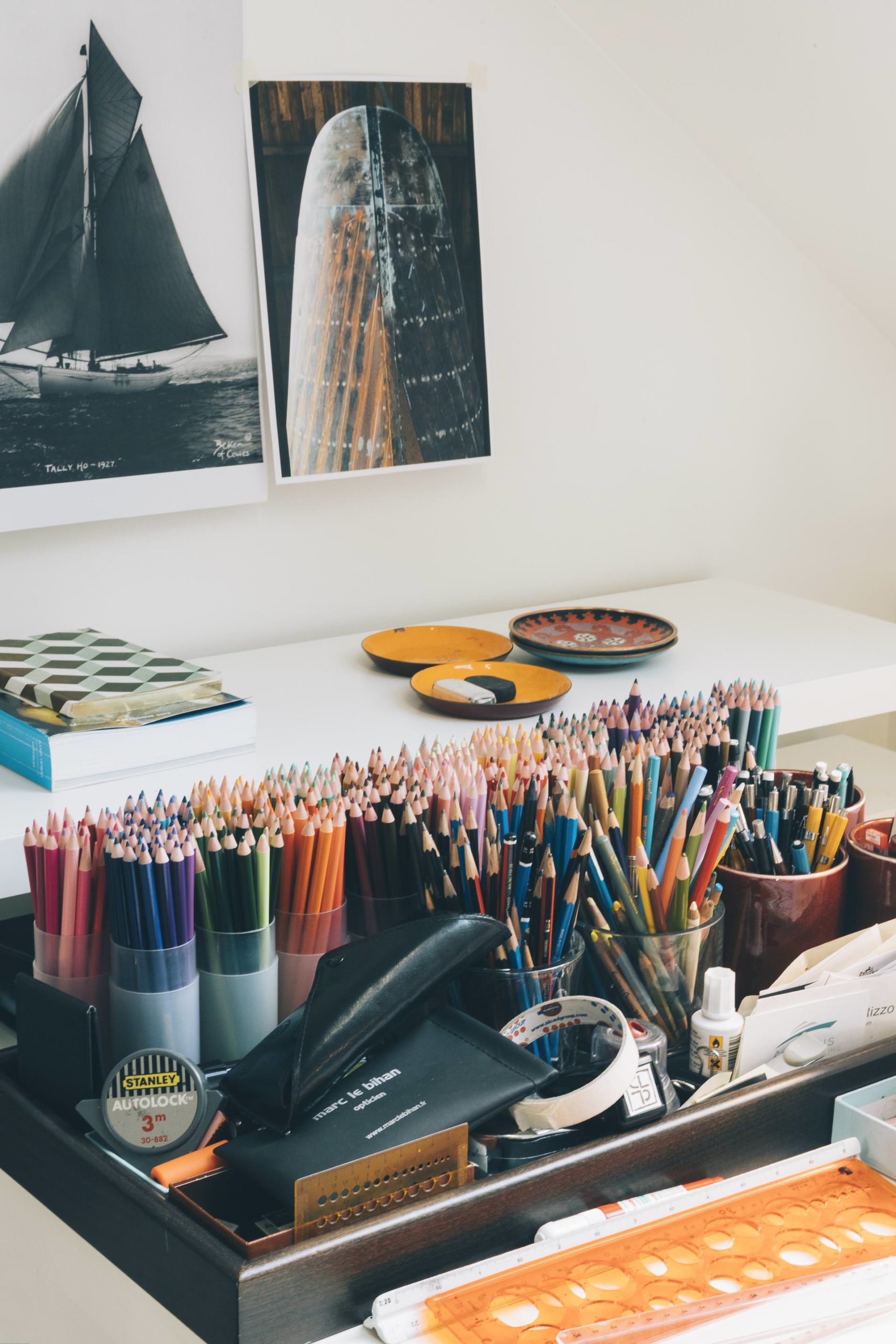
Liaigre’s new headquarters in Paris.
WW: We love the effect and sculptural feel of the Saint Germain Lounge Chair [2008]. Can you tell us about this piece?
FM: A signature of the house is to show the handmade work a craftsman can do with a material. We don’t want to keep lines too straight. There’s a handmade character we want to show. The Saint German chair is almost like an art piece because of this metalwork.
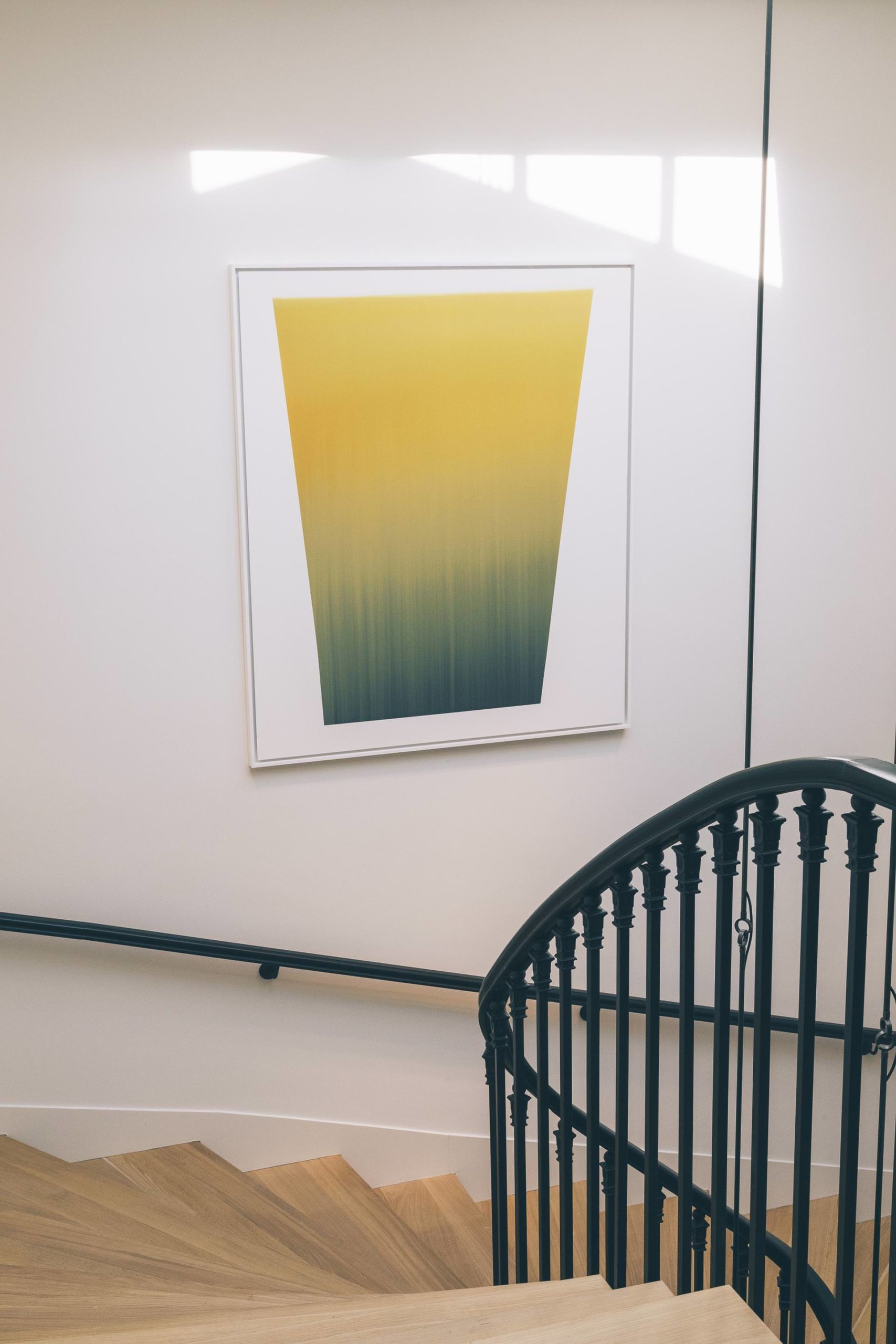
Liaigre’s new headquarters in Paris.
WW: Can you tell us about the new Liaigre headquarters you moved into at the beginning of the year? How has that affected your creative output?
FM: The new space is a beautiful 18th-century building. We have a lot of space now, so it’s easy to communicate between different branches. We tried to give to it really a good feeling, like a place of creation, a place that is inspiring all of us. In the studio, we wanted to make it more like a workshop and experimental place. We have made partnerships with galleries, so we have art pieces that rotate throughout the building. And every designer has his or her own inspiration and space that contributes to the spirit of the place. I think it’s very beautiful.
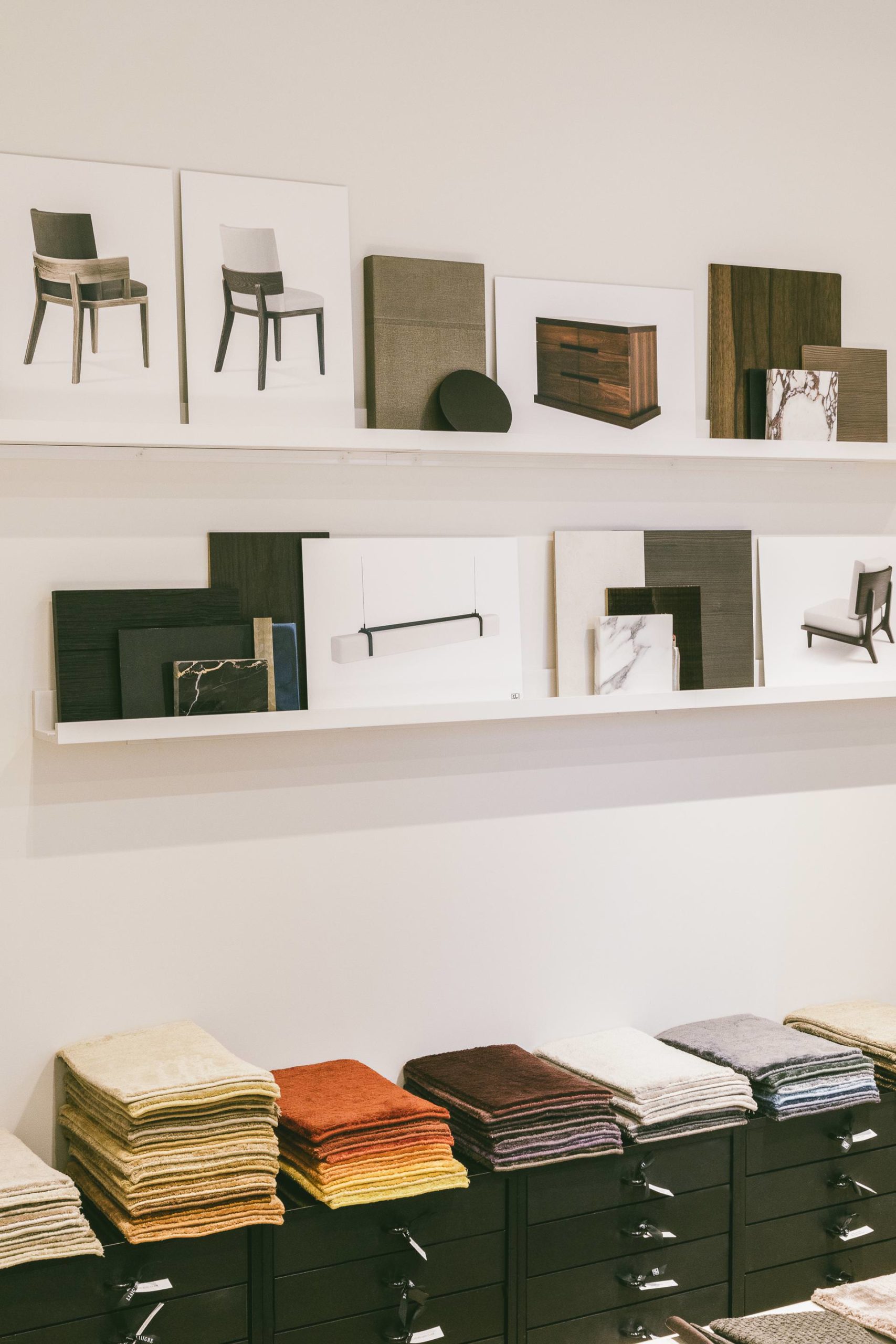
Liaigre’s new headquarters in Paris.
WW: What does “Made in France” mean to you?
FM: “Made in France” is related to decoration. Interior design was born in France. French craft has been given from father to son, and so on. This culture and know-how, this, for me, is “made in France.” I think there’s a difference between a certain wood finish made in France and a wood finish made in China.
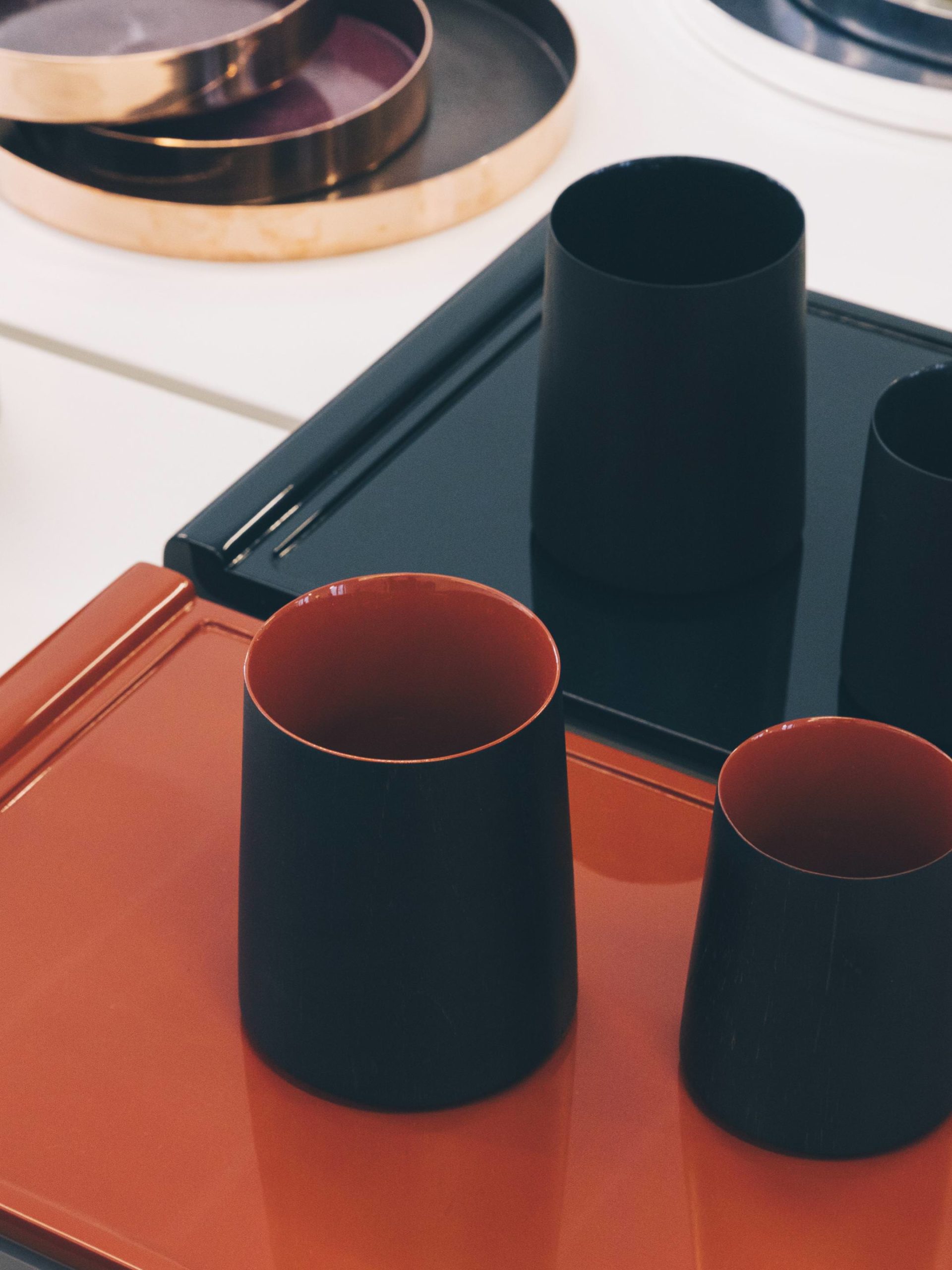
Liaigre’s new headquarters in Paris.
WW: You mentioned art playing an important role in your new headquarters. How does art fit into your design projects?
FM: Most of our clients are very sensitive to art. They have their own collection. Art is definitely something we keep a close eye on. Art should exist by itself, not fit into a living room. It is important to leave a space for art to exist. It’s a window to creation. It’s very important to us.
This article appears in Whitewall‘s winter 2018 New Luxury issue, out now.



